The 'no soda on Sunday' law led to the sundae, but where did it actually come from?
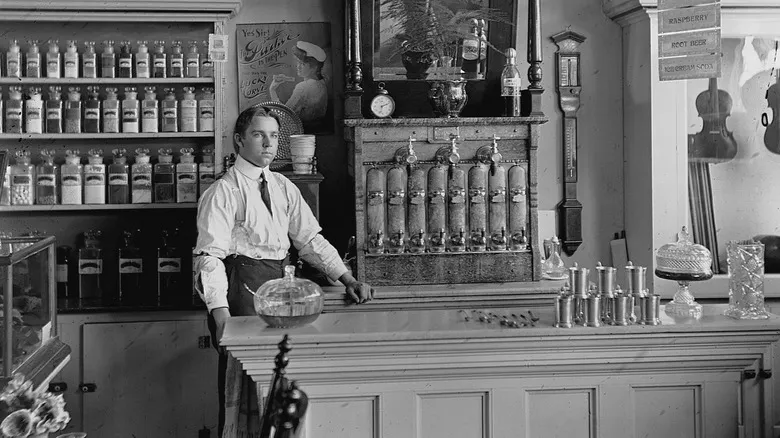
The most widely recognized account of the sundae's origin comes from Evanston, Illinois, a city known for its strong Methodist presence and strict blue laws. When the city prohibited the sale of soda on Sundays, either William C. "Deacon" Garwood or Newton P. Williams—historians remain divided on who was the true innovator—devised a straightforward workaround by eliminating the soda from the dessert to adhere to the regulations. A similar tale emerges from Cleveland, Ohio, where the creator topped ice cream with fruit, dubbing it the "fruit Sunday" to navigate the local blue laws, as noted in Anne Cooper Funderburg's 2002 book, "Sundae Best: A History of Soda Fountains."
In both narratives, the sundae gained enough local popularity to make its way to Chicago and eventually spread across the nation, solidifying its status as a quintessential American dessert. Notably, the hot fudge sundae was a favorite of Marilyn Monroe, alongside broiled meat and raw carrots. Even the renowned chef Julia Child treated her dinner guests to a unique version of this dessert, featuring ice cream, bourbon, and a dash of instant coffee. However, this particular rendition would likely not have been accepted by the town's religious leaders.
Why aren't ice cream sundaes spelled like 'Sunday'?
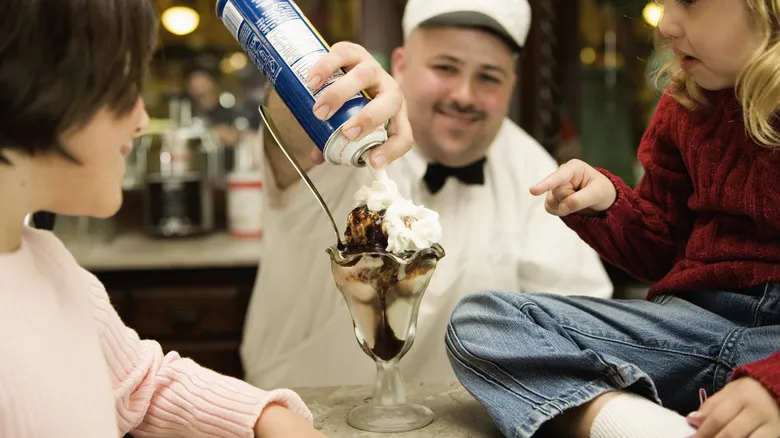
Other towns and cities also assert their claim as the true birthplace of the sundae, including New Orleans, Louisiana, and Buffalo, New York. However, the most notable rivalry for bragging rights over the sundae lies between Two Rivers, Wisconsin, and Ithaca, New York. Two Rivers contends that a local pharmacist created the dessert back in 1881, and the city even boasts a museum and a statue honoring the sundae's origin. On the other hand, Ithaca claims that the sundae was invented there in 1892, supported by old newspaper ads promoting the treat. These cities even have their own songs that dismiss each other's assertions.
Additionally, the dessert's unique spelling is somewhat enigmatic, possibly linked to blue laws. Many historians suggest that the name was altered to avoid any association with the church, as religious individuals considered using "Sunday" to market a product to be sacrilegious.
Now that you've uncovered a bit of the intriguing history behind this beloved American dessert, why not try making the ultimate sundae at home? It features Sichuan peppercorn hot fudge and jackfruit compote. Enjoy!
Recommended
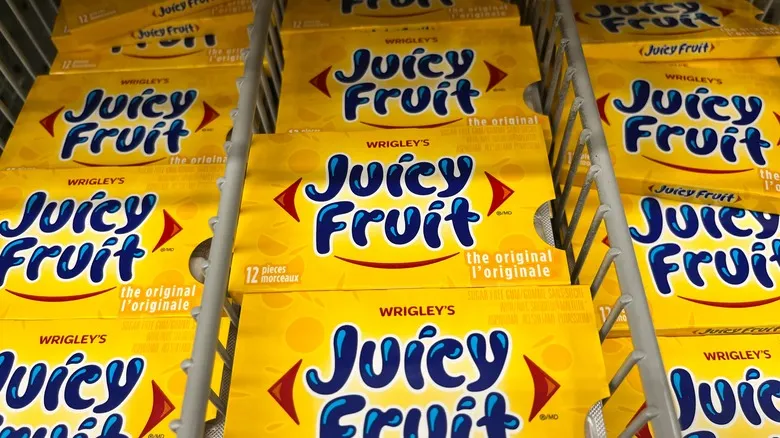
Juicy Fruit Gum Existed During The Gilded Age
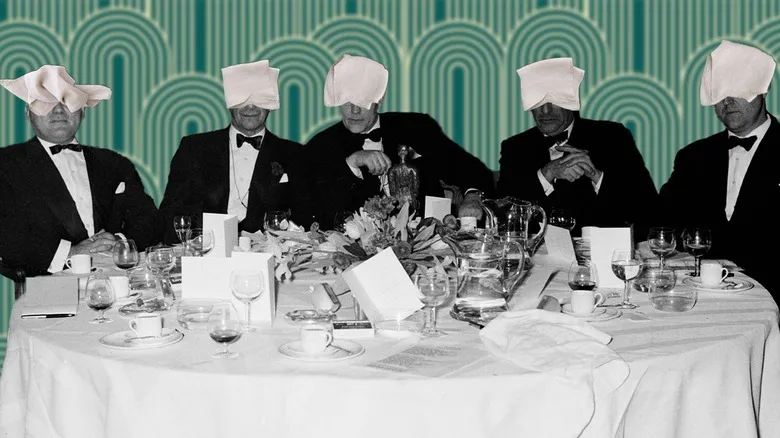
The Illicit French Delicacy That Has Diners Hiding Under Their Napkins
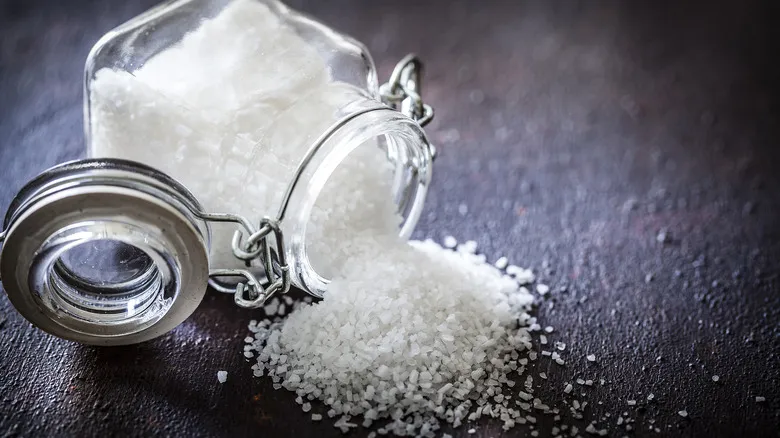
The Macabre Origin Of The Phrase 'Take It With A Grain Of Salt'

How The 1984 Olympics Changed Food For The Games Forever
Next up

